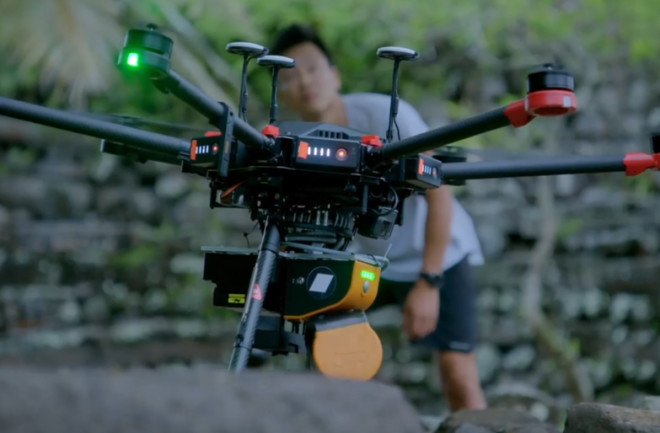One of the happy surprises of the space age is that the same technologies propelling our civilization into the future have also proven hugely valuable for recovering lost details of civilizations in our past. Over the past three decades, satellite imagery and space-based radar have been used to locate more than 1,000 unknown ancient tombs in Egypt, to investigate the construction of the famous statues on Easter Island, even to track down the legendary lost city of Ubar.
Explorer and engineer Albert Lin is continuing this high-tech journey back in time. He uses drones and LIDAR (light detection and ranging) imaging to peel back centuries of overgrowth or to peer through modern cities, exposing hidden archaeological structures and lost details about the cultures that built them. The new series Lost Cities on the National Geographic channel showcases his work in a giddy but honest style: The technology opens new vistas into the past, but it doesn’t answer all the questions. Much like memory itself, the surviving evidence of humanity’s past is inevitably incomplete and open to interpretation.
Lin is the driving force behind Lost Cities, both with his technological innovations and with his joyful, open-ended passion. The show also treats his own intimate technology in a refreshingly matter-of-fact way: Three years ago, Lin lost his right leg in a car crash. He now has a prosthetic, which not only doesn’t slow him down, it sometimes seems to give him an advantage.
I spoke with Lin about his explorations, the changing tools of archaeology, and his shifting perspective on ancient civilizations. An edited version of our conversation follows.
How did you get involved in this project?








